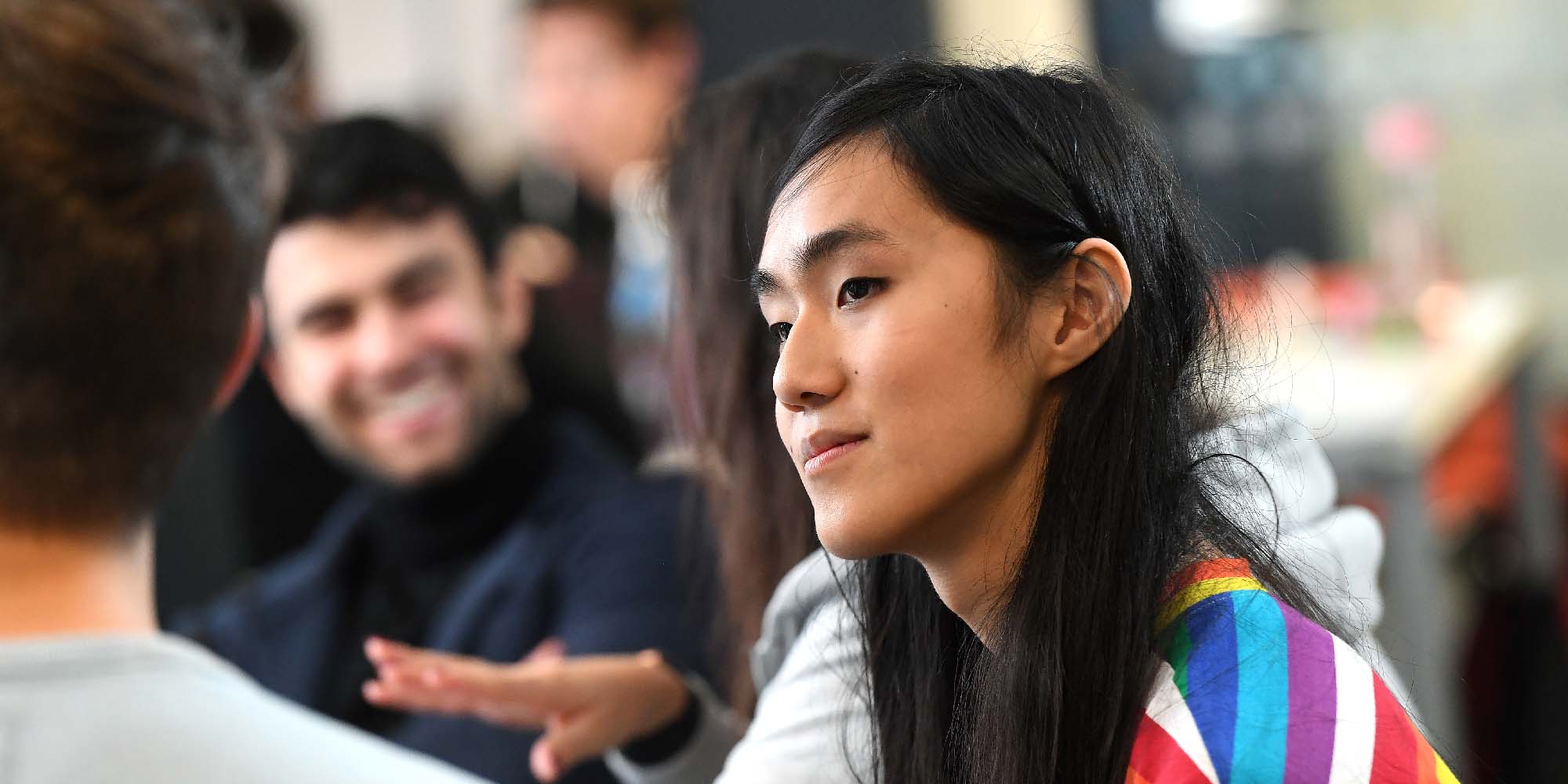Postgraduate research opportunities Microanalysis of semiconductor materials for far UV-C applications
ApplyKey facts
- Opens: Monday 11 July 2022
- Number of places: 1
Overview
This project will take advantage of the EPSRC strategic equipment Electron Probe MicroAnalyzer (EPMA) at the University of Strathclyde to investigate wide bandgap semiconductors (AlGaN, Ga2O3, and h-BN) materials and devices for far UV-C applications.Eligibility
Qualifications: BSc (Hons) 2:1 or equivalent degree in physics.

Project Details
The far UV-C region (λ<240 nm) of the electromagnetic spectrum promises to play an important role towards achieving UN Sustainable Goal No. 6: “ensure availability and sustainable management of water and sanitation for all”. Since pathogens and chemical compounds exhibit absorption in the far UV-C, emission and detection of far UV-C light could enable water sanitation and water quality monitoring.
Current far UV-C technologies employ Hg, D2 or Xe lamps and Si detectors which are inefficient, hazardous and bulky, and are therefore inadequate to tackle this societal challenge. Wide bandgap semiconductors are naturally suited to interact with far UV-C light and allow to produce compact, versatile and safe devices. In particular, AlGaN, Ga2O3, and h-BN are promising candidates for the production of far UV-C laser diodes, light emitting diodes and photodetectors.
However, due to their recent emergence, several questions need to be solved about these materials before these technologies can be transferred to the real world. For example, the question of material polarisation, of device degradation, or of the impacts of defects on device performance are all important questions to tackle to produce efficient and reliable devices.
This project will take advantage of the EPSRC strategic equipment Electron Probe MicroAnalyzer (EPMA) at the University of Strathclyde to investigate wide bandgap semiconductors (AlGaN, Ga2O3, and h-BN) materials and devices for far UV-C applications. The combination of scanning electron microscopy (SEM), energy- and wavelength-dispersive X-ray spectroscopy (EDX/WDX) and cathodoluminescence (CL) into a single instrument provides a unique opportunity to gain in-depth knowledge of the structural, chemical, optical properties of the materials at the nanoscale. Further insights into the materials properties will be attained by using the wider range of facilities available at the Strathclyde group, such as the setups for deep UV photoluminescence, for photoconduction in the UV, or the environmental SEMs.
State-of-the-art samples will be provided for the project through international collaborations with academia and industry that the Strathclyde group has established for several years (e.g. with Technische Universität Berlin, AIXTRON Ltd, University of Liverpool). The project will be conducted in close collaboration with the crystal growers in order to build an in-depth understanding of how the growth affects the properties in order to produce materials for efficient far UV-C devices.
Funding details
Self-Funded PhD Students Only
While there is no funding in place for opportunities marked "unfunded", there are lots of different options to help you fund postgraduate research. Visit funding your postgraduate research for links to government grants, research councils funding and more, that could be available.
Apply
Informal enquiries should be made to the supervisor Prof Robert Martin, r.w.martin@strath.ac.uk
Number of places: 1
To read how we process personal data, applicants can review our 'Privacy Notice for Student Applicants and Potential Applicants' on our Privacy notices' web page.



